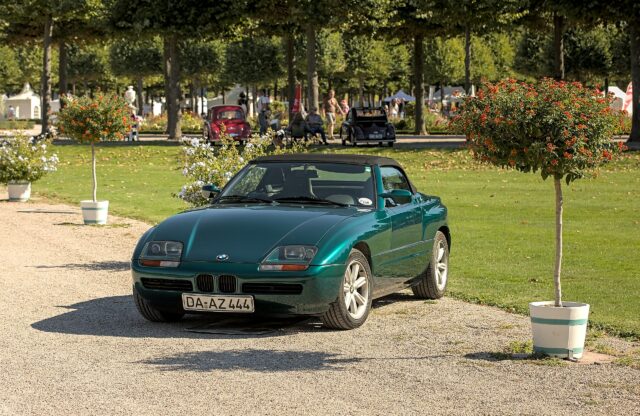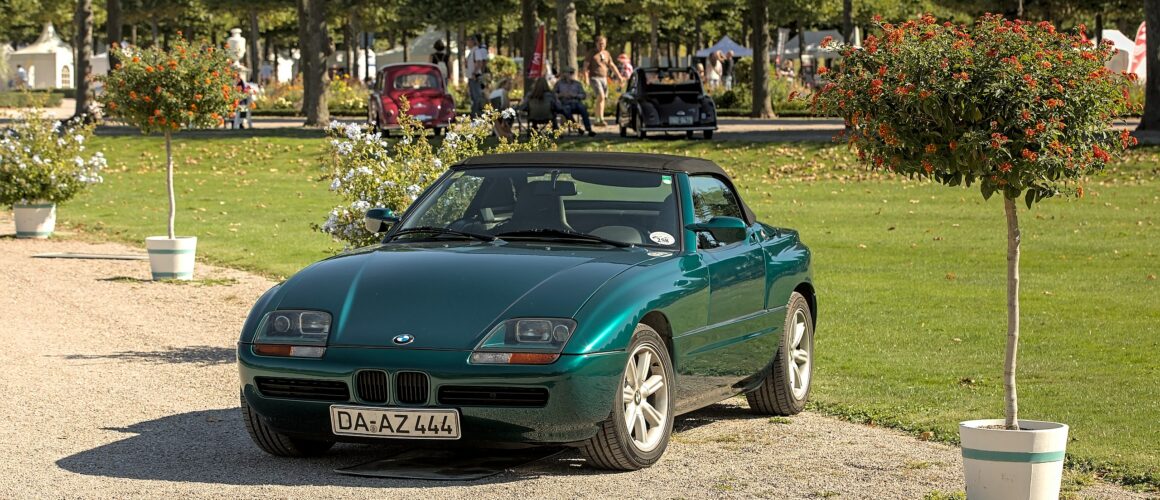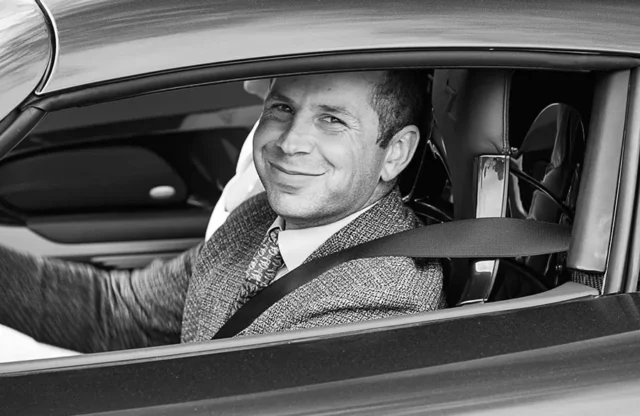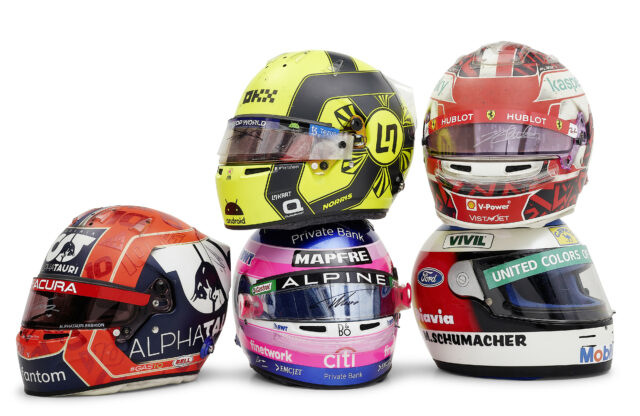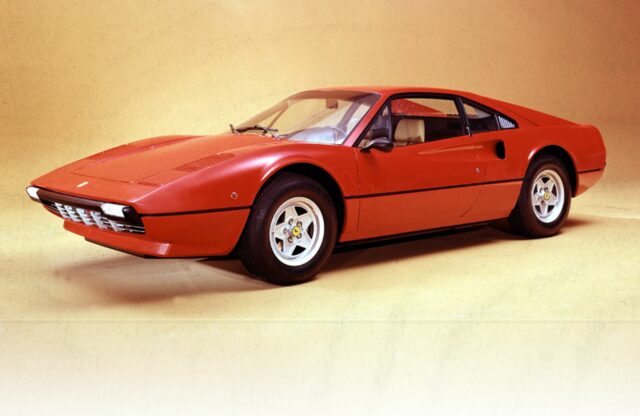I love reading some of the analytical reports that emerge from Hagerty’s AutoIntel department. It’s called Automotive Intelligence, because the analysts go beyond mere values and look into a huge range of data, searching for interesting patterns. This week, a report by Hagerty’s director of analytics John Wiley, was a great case in point.
John and his team tracked more than 9000 vehicles that had sold at least twice through online auctions at least a year apart and where the mileage was recorded in both cases. From this, his team was able to work out the average (mean) miles that the car had been driven per year, then split the results down into decade of manufacture.
This is an important number, especially when industry groups such as the HCVA are discussing regulation, sustainability and other policy issues at Governmental level, and is the reason the FBHVC has included a question on mileage in its National Historic Surveys since 2011.

The results were pretty much as expected: cars earlier than the 1950s were either used very little or didn’t record mileage at all, while classics from the 1950s to 1970s were used sparingly – but then there was a big leap in usage by 1980s cars, peaking in the 2010s. More modern vehicles under four years old tended to be used less, with the owners maybe more aware of maintaining a low odometer reading to preserve value. Note that the auctions tracked were specialist collector/classic car auctions, so the type of model would be more ‘weekend car’ than daily driver.
The big jump in 1980s car usage may reflect two things: an increase in usability and the age of the drivers. A range of driver aids became more standard in that decade, from effective fuel injection to ABS brakes and crumple zones – the latter encouraged by the National Highway Traffic Safety Administration (NTHSA) in the US starting to crash test popular cars and publish the results in 1979. Combined, those factors make many 1980s cars easier to drive in a wider range of weather than some of their predecessors.
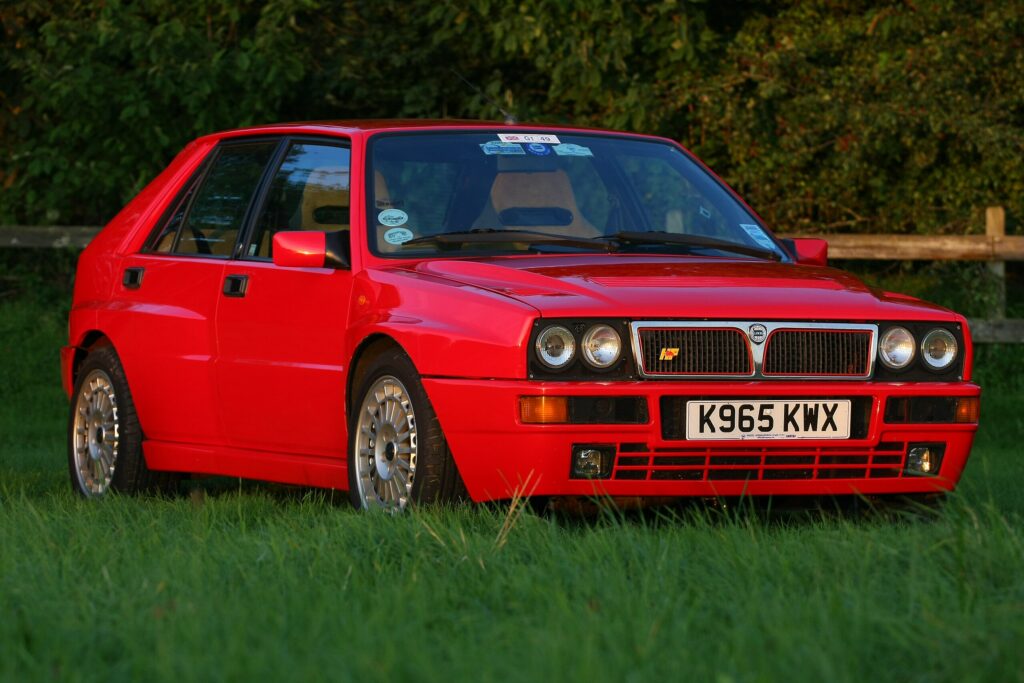
Secondly, other Hagerty research has shown that Generation X (born 1965 to 1980) are the owners driving (excuse the pun) the classic car market, and their preference tends to be more modern collectables. And, so the theory goes, they may have more time and may be more physically able to use their cars more.
One statistic was fascinating: take an average of the mileage from the 1950s to 2020s, and the result is 1395 miles per year, not far from the 1200 miles per year that the FBHVC estimated in its latest report. Considering that the decades most responsible for higher mileage were the more modern ones, cars that had higher emission controls, then the environmental impact of our estimated £7bn-plus hobby may be placed in context. Food for thought.
